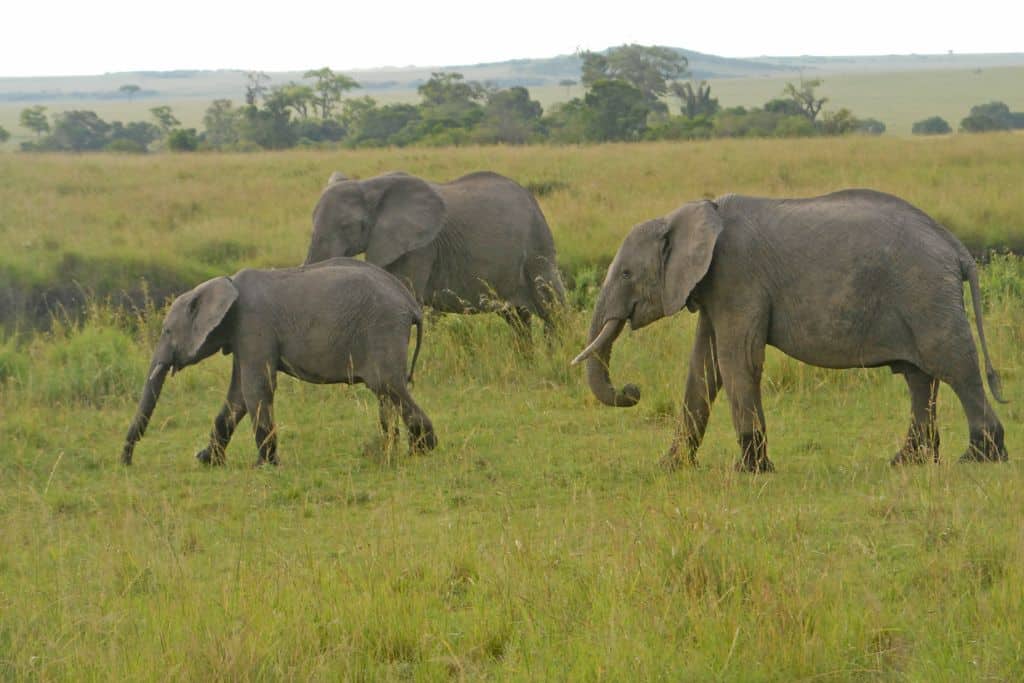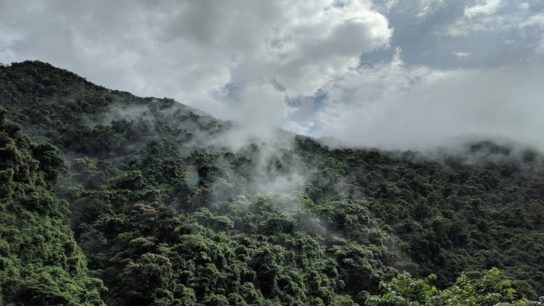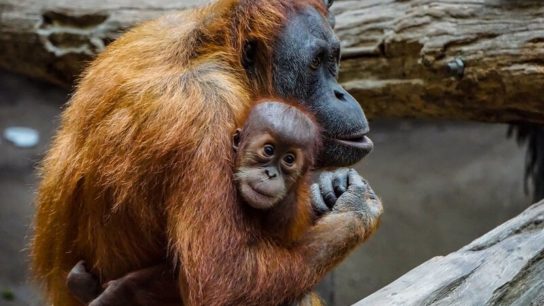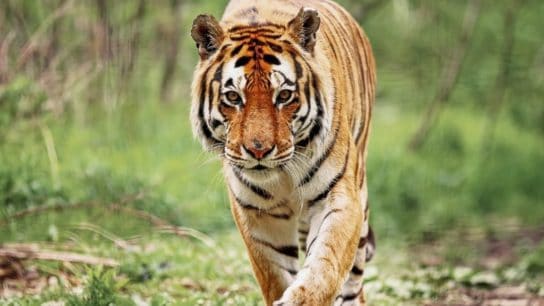From the prairies of the United States to the savannahs of Africa, persecution of keystone species deemed nuisances to humans has caused catastrophic losses. With historical knowledge and improved identification tools, it is possible to prevent the mistakes of the past.
—
The term “keystone” originally referred to a small, wedge-shaped stone at the top of an arch, without which the arch would collapse. In 1966, Robert Paine adapted the term to describe a species of starfish – a seemingly small part of the intertidal ecosystem – that is essential for the functioning of that ecosystem. The term keystone species describes a species that occupies a key ecological role duplicated by no other species in the ecosystem. Without the keystone species, the entire ecosystem collapses, impacting other species.
Examples of keystone species are often predators such as grey wolves or sea otters. When these predators were hunted, the populations of their prey exploded unchecked, decimating their food sources and altering the ecosystems they lived in.
But keystone species are not always predators. Mangrove trees are keystones of shorelines, maintaining habitat through tides and storms. Research on microbial communities has identified keystone microbe species essential to the functioning of systems such as human intestines.
Keystone species are essential to their ecosystem, and must be prioritized in conservation efforts. A concerted effort to combine current knowledge, research, and technology to identify keystone species and provide education may prevent their demise. With ecosystems at risk from human population growth, climate change, and novel diseases, we cannot afford to lose them.
Keystone Species Considered Pests
As often occurs in human history, it is easier to identify a species of importance only once it has been reduced to significantly low numbers. Unfortunately, this means noticing ecosystem changes and having to work backwards to identify the lost species and then try to restore them.

This has occurred with several different species, including with those that find themselves in conflict with humans – often deemed pests.
The African savanna elephant, for example, can consume over 600 pounds of vegetation in a day, which is important in maintaining the characteristic grassland and sparse trees of the ecosystem. However, the open land of the savannah is excellent for agriculture, and hungry elephants can trample crops and destroy agricultural lands, leading to conflict with farmers. Though poaching is the main reason this species is now classified as endangered, retaliation from farmers has also contributed to population decline.
Prairie dog species were decimated by sylvatic plague – which is transmissible to humans – and even after conservation efforts, their numbers are now estimated to be 5% of their historical population. Without prairie dogs, the prairie ecosystem changed, leaving species such as the black footed ferret, which depends on prairie dogs as a food source, at risk. With limited trees in the prairie, species have evolved to use prairie dog burrows for shelter. Bison prefer to graze around prairie dog burrows where the grass is younger. However, the overlap of prairies and livestock grazing land has led to pushback from farmers who do not want prairie dog burrows around their livestock.

During the 19th century, beavers – renomated in particular for their extraordinary dam-building skills – were extensively hunted because of the strong European demand for their fur, used in luxury garments. Consequently, their numbers drastically declined from tens of millions to as few as 100,000 individuals by the early 1900s. The importance and benefits of beavers’ dams, which not only help regulate water flow but also reduce flooding, and improve water infiltration, contributing to a healthier ecosystem for both wildlife and humans, have since been recognized. Due to reintroduction, conservation, growing awareness of their significance, and improved human-beaver coexistence, the beaver population has recovered, and the species is now secure from extinction.
These species are just a few examples of keystone species whose importance was not recognized until they were almost gone. Their ecosystems changed and, while some have recovered, there is still much work to be done.
Conservation of Keystone Species
When keystone species are in conflict with humans, their populations are at risk and, especially when they are already threatened by other factors such as disease, poaching, or habitat loss, species recovery is more difficult.
Even with successful captive breeding and release programs, when species are almost extinct, there is less genetic diversity within the population, making that population less likely to adapt to future changes in the environment – a phenomenon known as genetic bottleneck. Therefore, identifying keystone species and putting measures in place to prevent human-wildlife conflict is important to promote ecosystem resilience.
Preventing the Errors of the Past
To avoid repeating history, identifying probable keystone species is essential for ecosystem conservation. Technology assists this goal as modelling becomes more efficient with machine learning and artificial intelligence. However, models are only as good as the data underpinning them, so research to increase the knowledge of species interactions within an ecosystem must be prioritized.
Alongside technological advancements, prioritizing education and outreach initiatives for individuals affected by keystone species is also integral. Conflict resolution programs such as range riders trained to protect livestock from wolves and programs promoting coexistence with beavers show that there are creative ways to coexist with keystone species. Humans cannot afford to lose keystone species when ecosystems are at risk.
This story is funded by readers like you
Our non-profit newsroom provides climate coverage free of charge and advertising. Your one-off or monthly donations play a crucial role in supporting our operations, expanding our reach, and maintaining our editorial independence.
About EO | Mission Statement | Impact & Reach | Write for us









